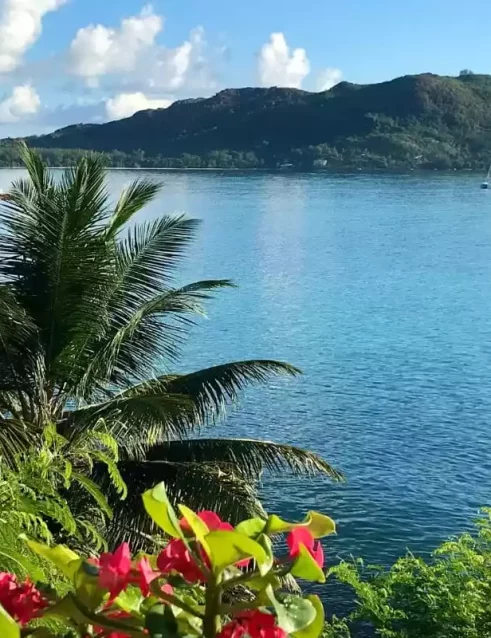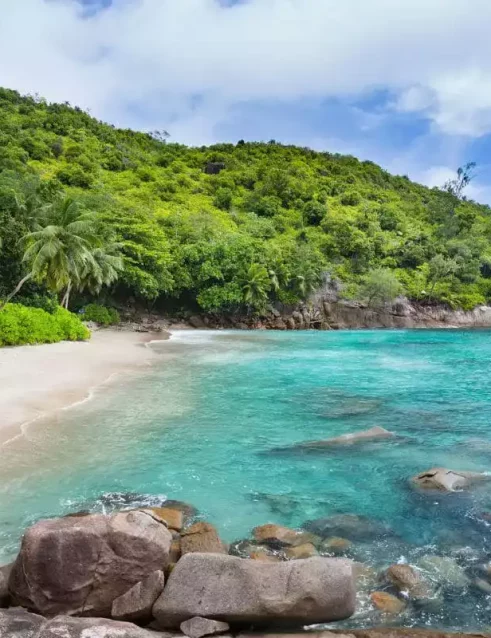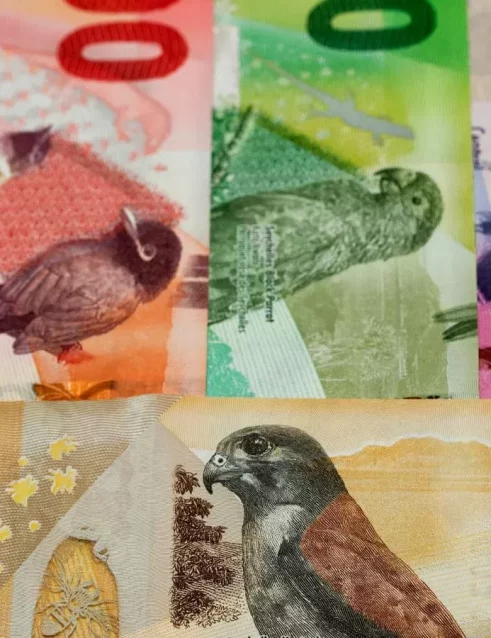Official Language in Seychelles

Seychelles, an archipelago in the Indian Ocean, holds a distinctive linguistic and cultural identity shaped by its rich history. The harmonious combination of Seychellois Creole, English, and French underscores the Seychelles official language and its rich historical evolution.
Historical Context and Language Evolution:
Pre-Colonial History:
Long before the European powers set their sights on the idyllic archipelago of the Seychelles, its history remains shrouded in layers of speculation and mystery. Some theories suggest that early Austronesians, renowned for their sea-faring abilities, might have set foot on the Seychelles during their migration route to Madagascar. The presence of Arab traders, some of the earliest maritime explorers of the Indian Ocean, further underscores Seychelles’ historical significance. These traders, keen to monopolize on exotic wares, traded in the unique coco de mer nuts, a species endemic to Seychelles. These trade interactions, although primarily economic, introduced preliminary foreign linguistic elements, especially from Arab languages to the shores of Seychelles.
Age of Discoveries:
The allure of the uncharted waters of the Indian Ocean did not escape the European explorers for long. By the dawn of the 16th century, Portuguese adventurers, led by the illustrious Vasco da Gama, began to navigate these waters, potentially sighting the Seychelles. Yet, it was the English East India Company that cemented the European presence with their recorded landing in 1609.
The evolving geopolitics of the era, along with the allure of the Indian Ocean as a pivotal trade route, heightened Seychelles’ significance on the global stage. Recognizing this value, the French, by the late 17th century, started establishing their presence on the islands. With their arrival came not just political and economic changes, but a profound linguistic transformation. The introduction of the French language laid the groundwork for what would later become a part of the Seychelles official language. The French, bringing with them their language and culture, interacted with the diverse settlers and traders on the island. This linguistic mingling served as the foundation for what would evolve into Seychellois Creole, a language that melded the syntax and vocabulary of French with local nuances and terminologies. It emerged as an essential lingual bridge, facilitating communication among the settlers, and reflecting the evolving identity of the Seychellois people.
As the islands changed hands and witnessed various global influences, its linguistic landscape expanded, preserving the echoes of each epoch and every nation that touched its shores. The interplay between history and language in Seychelles stands as a testament to the resilience and adaptability of its people and their culture.
British Rule and Linguistic Influence:
By the late 18th century, the ebb and flow of imperial conquests led the British to Seychelles, introducing a new chapter in both governance and linguistic evolution. As the British influence grew, English, soon to become a facet of Seychelles’ official language, began to gain prominence. The English language, characterized by its versatility and global influence, was seamlessly integrated into the Seychellois administrative, educational, and trade systems. It provided a new medium of communication, acting as a bridge between Seychellois and the broader British Empire. Consequently, the linguistic terrain of Seychelles became even more multifaceted, a confluence of native Creole, colonial French, and now, the omnipresent English.
Towards Independence and Linguistic Solidification:
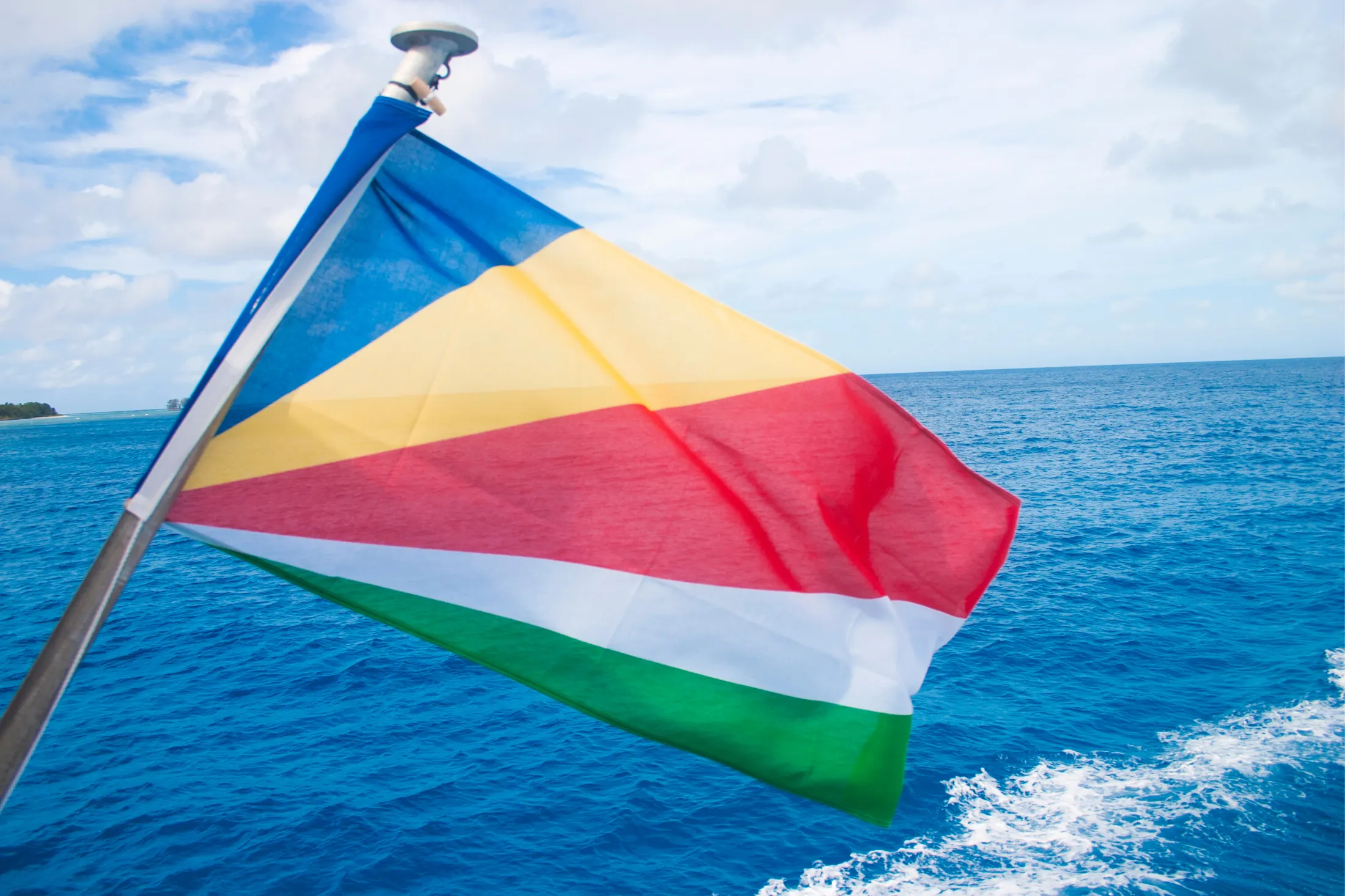
The 20th century heralded winds of change for Seychelles, both politically and linguistically. As the archipelago moved towards its sovereignty in 1976, the Seychelles official language landscape began to take definitive shape. Seychellois Creole, the heartbeat of the islands, continued to flourish, being the language of the home, the streets, and daily interactions. English, with its established role in governance and international relations due to British influence, was solidified as an official language, ensuring Seychelles’ voice on global platforms. Similarly, French, owing to its long-standing connection and its intrinsic ties with Creole, remained steadfast in the Seychellois linguistic repertoire.
These languages, shaped and molded by historical influences, are the chronicles of Seychelles’ journey through time, each capturing a distinct era and its influence on the nation’s identity.
The Three Pillars of Seychellois Linguistic Landscape:
Seychellois Creole:

Born from the interactions with the French, Seychellois Creole, affectionately known as seselwa, is far more than a mere dialect; it is the soulful voice of the islands. This language has grown to become an embodiment of Seychelles’ multifaceted heritage. It reverberates with the stories, traditions, and emotions of its people. As the dominant language, Seychellois Creole shows the fusion of various cultures and their lasting impact on the Seychellois identity.
English:
While English initially set foot on Seychellois soil as an emblem of British colonial influence, its role and significance have transcended those early beginnings. In Seychelles, English has evolved to become an indispensable tool for governance, commerce, education, and international diplomacy. It bridges Seychelles to the global community, ensuring the nation’s voice is heard on international platforms.
French:
The French language’s roots in Seychelles reach deep into the era of French exploration and colonization. Over the years, French has not merely survived but thrived, thanks in large part to its close kinship with Seychellois Creole. This connection has allowed French to maintain its relevance and resonance within the islands, intertwining with local customs, education, and the arts. French in Seychelles remains a dynamic and cherished element of the nation’s linguistic and cultural mosaic.
The Linguistic Imprint on Seychelles’ Landscapes
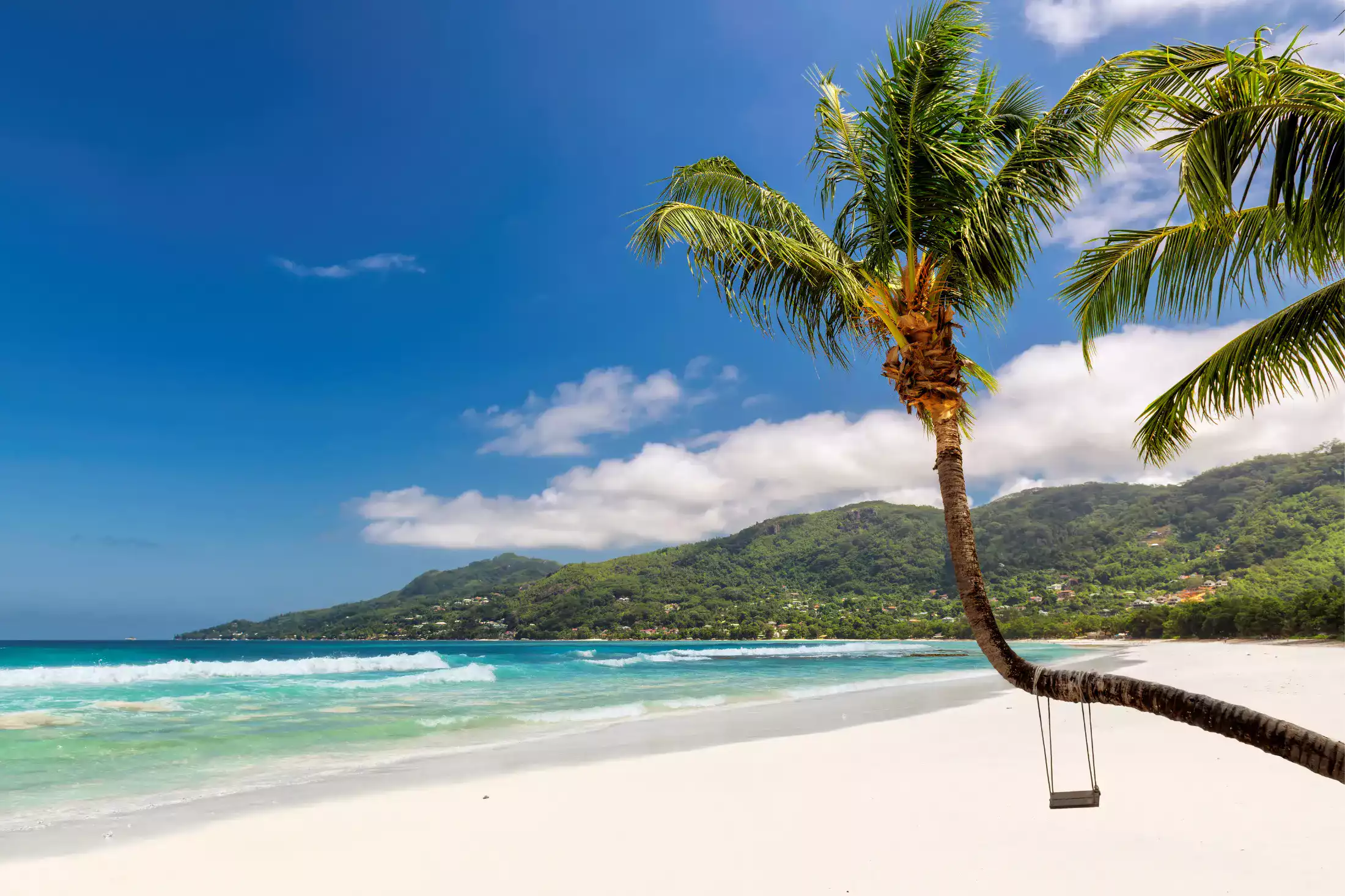
The multilingual influence in Seychelles is not just confined to the spoken word but also vividly imprinted on the map of the archipelago. Islands, beaches, and landmarks bear names that narrate tales of its diverse linguistic heritage. For instance, “Anse” which means “bay” in French, prefixes many beach names, like Anse Lazio and Anse Royale. “Praslin” Island retains its French intonation, named after a French diplomat. Conversely, English influence is discernible in places like “English River,” a district on Mahé. Yet, the most heartwarming instances are where local Creole nuances take the forefront, such as “Beau Vallon,” which translates to “Beautiful Valley.” These names, infused with the languages of Seychellois history, serve as daily reminders of the rich linguistic tapestry that has shaped the islands.
Enhancing Seychelles’ Tourist Experience

Seychelles stands as a welcoming paradise for tourists, not just because of its pristine beaches and breathtaking landscapes, but also due to its linguistic versatility. Visitors often find navigating the islands a breeze, as locals are adept in several languages, including English and French. This multilingual proficiency ensures that tourists from various parts of the world feel right at home, with minimal language barriers. The ease of communication adds to the overall enriching experience, making Seychelles both a visual delight and a hub of cultural and linguistic harmony.
The story of Seychelles official language is a captivating tale of historical encounters and cultural interplay. Seychellois Creole, English, and French collectively narrate the saga of Seychelles, marking its historical epochs, honoring its present, and hinting at a linguistically rich future.




